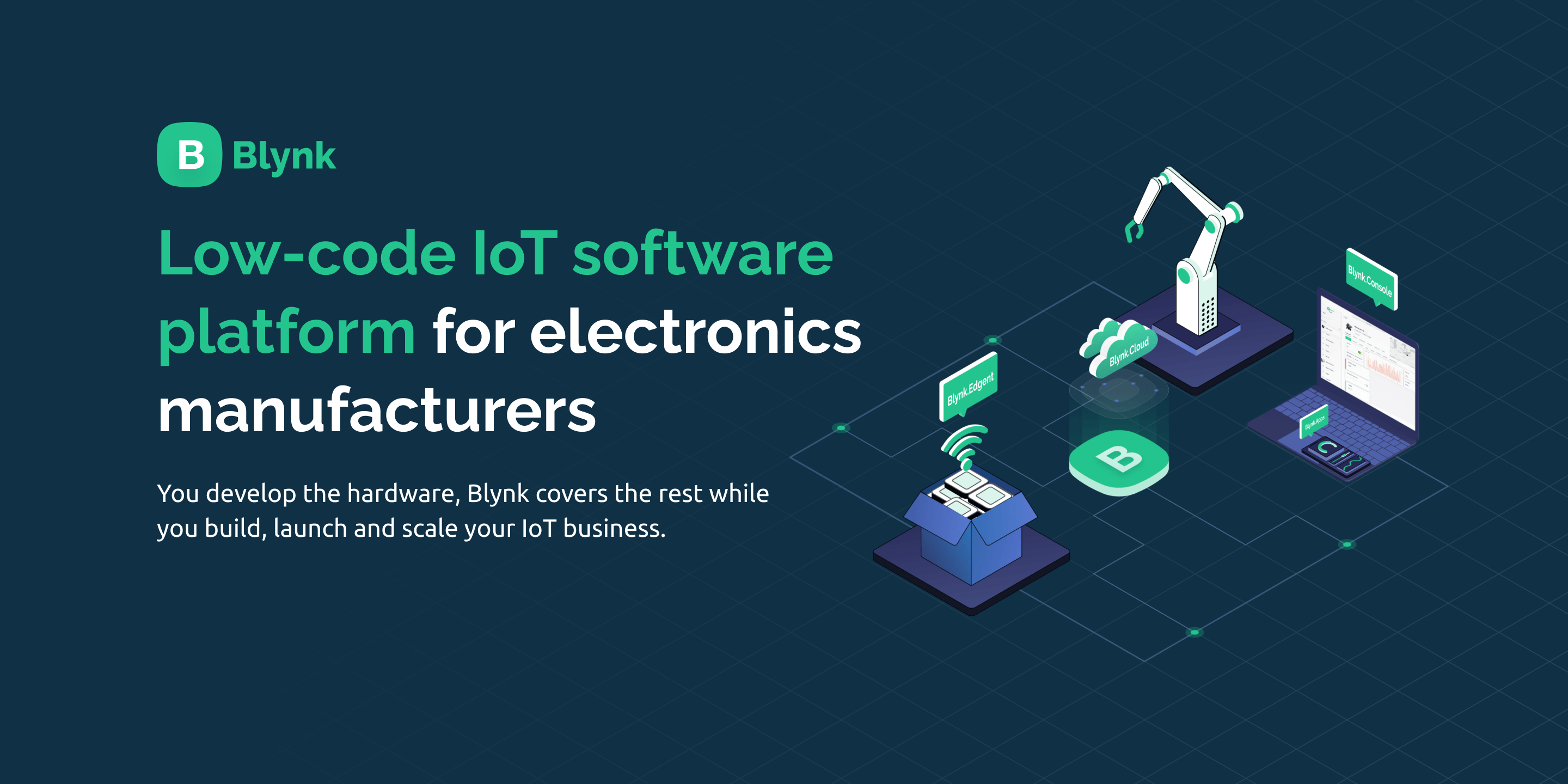Are you ready to transform your Android smartphone into a command center for your IoT devices, enabling seamless control and secure access from anywhere in the world? Securing your remote IoT connections through peer-to-peer (P2P) technology, especially when downloading and managing devices on Android, is not just a convenienceits a critical requirement in todays interconnected landscape.
The integration of the Internet of Things (IoT) into our daily lives presents both remarkable opportunities and significant challenges. From smart homes to industrial automation, the ability to remotely manage and monitor devices has become increasingly valuable. However, with this convenience comes the imperative of robust security. The potential for unauthorized access and data breaches looms large, making the secure connection of remote IoT devices a paramount concern. This article delves into the realm of P2P technology and explores how to establish a secure, reliable connection between your Raspberry Pi and Android device, ensuring that your IoT setup is not only functional but also fortified against potential threats.
Before we delve into the specifics, lets understand the underlying principles of P2P technology and its significance in the IoT ecosystem. P2P, or peer-to-peer, connections allow devices to communicate directly with each other, bypassing the need for a central server. This approach offers several advantages, including reduced latency, increased bandwidth efficiency, and enhanced privacy. Its like having a direct line of communication, without the intermediary.
The benefits of a P2P approach extend beyond just efficiency. By eliminating the reliance on central servers, P2P systems also mitigate single points of failure. If one server goes down, your entire system doesnt collapse. Instead, devices can continue communicating directly with each other, ensuring greater reliability. Furthermore, P2P often offers enhanced privacy, as data is not routed through a third-party server, reducing the risk of interception or surveillance.
Now, let's imagine a practical scenario. Picture yourself at work, and you receive an alert from your home security system. With a secure P2P connection established between your Raspberry Pi, monitoring your home security system, and your Android smartphone, you can instantly access live video feeds, review recent activity, and even remotely control smart locks. This level of control and access is not only convenient but also essential for peace of mind, allowing you to stay connected to what matters most, regardless of your location.
The possibilities are truly endless. Consider controlling your home appliances from your office, monitoring critical environmental sensors in your greenhouse while youre on vacation, or even remotely managing machinery in a remote factory. The ability to securely connect remote IoT devices through P2P empowers you to take control of your surroundings and stay informed about the status of your assets, no matter where you are.
- Allthefallenmoe Downtime Ddos Attacks Updates You Need To Know
- Jared Padaleckis Height How Tall Is The Supernatural Star
Given the critical importance of secure communication in the IoT landscape, the next step is to secure the connection. One common method is to leverage SSH (Secure Shell) tunnels to encrypt data transmitted between devices. SSH provides a secure, encrypted channel for communication, protecting sensitive information from eavesdropping. In the context of connecting a Raspberry Pi to an Android device, setting up SSH tunnels is an essential step to ensure the confidentiality and integrity of your data. This approach is particularly relevant when you need to remotely access and control your Raspberry Pi from your Android device.
Connecting remote IoT devices securely through P2P downloads on Android is becoming increasingly important in today's interconnected world. As more devices become part of the internet of things (IoT), ensuring secure communication and data transfer is critical to protect sensitive information. This is where solutions like "remote iot p2p download android free" come into play. These tools facilitate direct device-to-device connections, bypassing centralized servers and offering enhanced security, bandwidth efficiency, and user control.
Several readily available apps are designed to facilitate P2P connections on Android, and setting them up is often easier than you might think. These apps often provide user-friendly interfaces and guided setup processes, making it possible for even non-technical users to establish secure remote connections.
This type of app typically offers a range of features to enhance remote surveillance capabilities. Users can conveniently capture photos, record videos, and access remote video playback. Consider a scenario where you need to monitor a specific area, such as your front door or a specific room. Using this feature, you can remotely trigger the camera to capture images or record video, providing real-time insights into what's happening in that location.
Let's delve into a simplified guide. First, you would download a suitable P2P app from a reliable source, such as the official website or the Google Play Store. Once installed, you'll need to configure the app to securely connect the remote IoT device. This will typically involve setting up a unique identifier, establishing an encrypted connection, and configuring access permissions. The specific steps may vary depending on the app, but the underlying principles remain consistent.
To better understand the setup process, let's outline the general steps involved:
- Choose a P2P App: Research and select a reliable P2P app compatible with your Android device and Raspberry Pi. Consider factors such as security features, user reviews, and ease of use.
- Download and Install: Download the app from a trusted source and install it on your Android device.
- Configure Network Settings: Ensure that both your Android device and Raspberry Pi are connected to the same network or that you have configured appropriate port forwarding if connecting remotely.
- App Configuration: Open the P2P app on your Android device and follow the on-screen instructions to configure the connection to your Raspberry Pi. This typically involves entering the device's IP address, a username and password, and possibly other security settings.
- Establish a Secure Connection: Verify that the connection is secure by confirming that the data transmitted between the devices is encrypted.
- Test the Connection: Test the connection by accessing the Raspberry Pi's services or remotely controlling connected devices.
- Advanced Settings: Many apps offer advanced settings for further customization. These might include adjusting image quality, setting up alerts, and controlling access permissions.
Remember that the specific steps may vary depending on the P2P app you choose. However, the overall process involves selecting an app, installing it, configuring the connection, and testing the functionality.
One critical aspect to remember is to always download the app from a trusted source. This will help protect your device from malware or malicious software. Prioritize apps that have been reviewed by other users and have a solid reputation for security and reliability.
The concept of P2P not only reduces costs but also empowers users to take control of their data exchanges. This shift away from reliance on centralized servers and provides a more decentralized and secure way of communication. Furthermore, it improves bandwidth efficiency by allowing devices to communicate directly, avoiding the bottlenecks that can occur when data is routed through a central server.
Discovering how to download and implement these solutions on Android opens a world of possibilities. You can remotely monitor your home, control your devices, and access critical information from anywhere in the world. The key is to understand the underlying principles of P2P and the features and benefits that it offers.
Once the app is installed, the next step is to download the remoteiot p2p app from a trusted source, such as the official website or Google Play Store. After the app is installed, configuring it properly to securely connect remoteiot p2p is essential to maximize its utility and ensure the security of your system.
Implementing P2P for your IoT devices provides you with a level of control, security, and efficiency that is hard to match. The ability to directly connect your devices, bypass central servers, and protect your data makes it a powerful tool. By exploring the available solutions, you can tap into the capabilities of P2P and experience the future of IoT connectivity.
The convenience and control that P2P offers in the context of IoT are unmatched. This approach not only ensures secure communication but also enhances data privacy, bandwidth efficiency, and resilience. The process might seem technical at first, but the benefits of a secure and directly connected IoT system will greatly outweigh any challenges you might face.


Detail Author:
- Name : Brycen Ritchie
- Username : abechtelar
- Email : nicholaus.lind@hotmail.com
- Birthdate : 1977-09-30
- Address : 932 Nolan Street Apt. 440 Myrtisstad, ID 52983-8120
- Phone : +1.662.916.4319
- Company : Lebsack-Beier
- Job : Gas Pumping Station Operator
- Bio : Et voluptate similique animi consectetur voluptas. Quidem deleniti magnam in aspernatur architecto. Facere ullam dolores fuga nulla. Ut et iusto officiis vero ea autem possimus.
Socials
instagram:
- url : https://instagram.com/torphye
- username : torphye
- bio : Quam aut ullam eum aut. Tenetur sit sit et consequatur. Voluptas voluptatem asperiores dicta odit.
- followers : 926
- following : 2850
linkedin:
- url : https://linkedin.com/in/ephraim_xx
- username : ephraim_xx
- bio : At nobis omnis sed expedita.
- followers : 6175
- following : 880
tiktok:
- url : https://tiktok.com/@ephraim_id
- username : ephraim_id
- bio : Deleniti ut animi at explicabo fuga eveniet. Fugit iure quia quam a magnam et.
- followers : 4009
- following : 2646
twitter:
- url : https://twitter.com/torphye
- username : torphye
- bio : Quod molestias consequatur aut voluptatem repellendus. Ratione quis aut et deserunt aliquid. Eligendi aliquid voluptatem tempora suscipit minima.
- followers : 6259
- following : 2453
